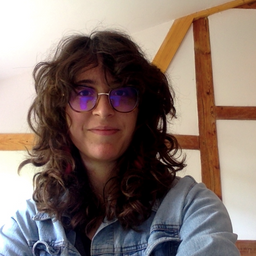The best defence is a strong offence. When civic society is the best advocate for the protection of industrial heritage. A case study in Barcelona
Many cities with a highly industrial past in Europe, the US and, more recently, the Global South have developed regeneration programs to overcome the challenges derived from the deindustrialisation and tertiarization of their societies. Often, these programs have claimed to be culture-led or creativity-led, and have used former industrial buildings to turn them into arts venues, innovation hubs or high standard lofts.
Commonly, these regeneration processes do not take properly into consideration the preexisting social, cultural or tangible tissue. This has led to processes of residential gentrification, social polarisation, productive substitution, etc. In these cases, it is noted how the identity of the territory regenerated has not been transformed but erased. In that sense, we can argue that these regeneration processes are not always sustainable, for they are not respecting the social and cultural environment where they are held.
One of the pinpointed key factors to address the respect towards the pre-existences of a territory that is going to be regenerated is the implementation of a participatory transformation. It has been proved that involving the local population in the decision-making process and the execution of the transformation is essential to ensure the viability of the regeneration, to the point that “cultural developments succeed depending on how well they engage with local communities and cultures” (Miles & Paddison, 2007, p. XIV*). Indeed, it has become less and less common to plan and develop this kind of transformations relying solely on a committee of experts. In many cases, however, the so-called creativity-led regenerations end up creating containers drained of meaningful contents and detached from the local population.
Based on this theoretical framework, we have conducted a case study in the district of Sant Martí (Barcelona). The field research included visits to former industrial buildings that have been transformed into artistic venues and interviews with some agents in charge of these venues. We also carried out deep documentation proceedings through local archives and press releases from the last two decades.
The district of Sant Martí –traditionally the industrial centre of Barcelona –has overcome a very controverted regeneration through the 22@ Plan. This regeneration plan was implemented unilaterally in 2000 by the Barcelona City Council and has generated a great rejection amongst local artists, neighbours and academics (especially among experts in industrial heritage). Despite their different or even clashing backgrounds, a similar goal united these actors under the “Platform against the 22@ Plan” and turned them into key stakeholders that have steadily taken actions to obstruct the progress of the 22@ Plan. The Platform attributes to the 22@ some negative effects such as the neglection of the industrial past of Sant Martí and its more recent artistic net. As a matter of fact, in this case, it has been the civic society that has been aware of the value of this tangible and intangible heritage and that has fought to preserve it.
The continued mobilisations of the platform have forced the city council to examine and change the original regeneration plan on various occasions. Recently, the plan has been subjected to a participatory process of decision-making. Moreover, the platform has succeeded at avoiding the demolition of some industrial buildings and at turning them into municipality owned and funded spaces. Ultimately, its claims have partly inspired an artistic project called “creation fabrics” that converts former industrial buildings into artistic venues. This project has shown to be a very effective method towards the protection of industrial heritage and its revitalisation and has promoted artistic projects that contribute to or engage with the local society and territory.
____
*Miles, S. & Paddison, R. (ed.) (2007) Culture-led urban regeneration. Oxford: Routledge.
